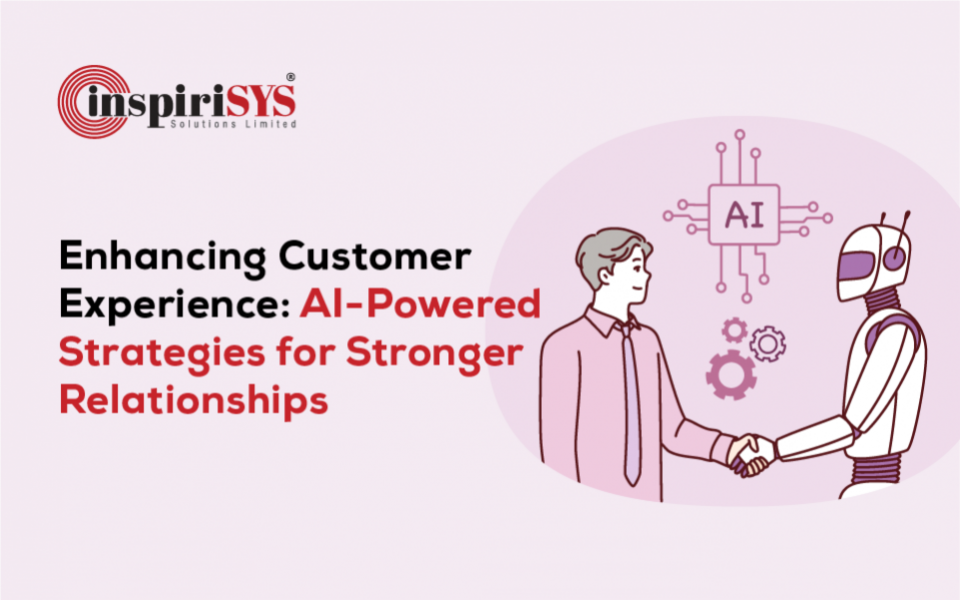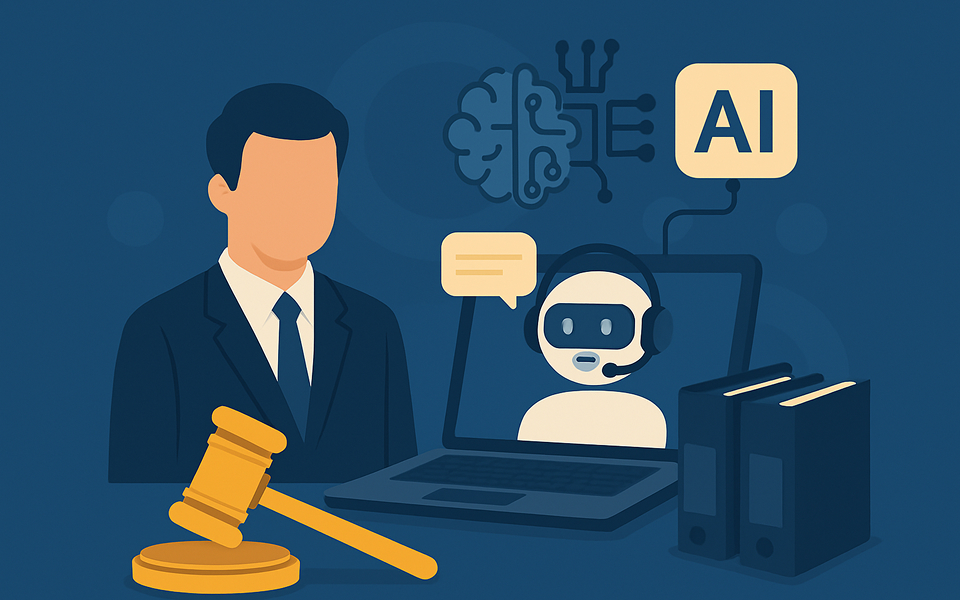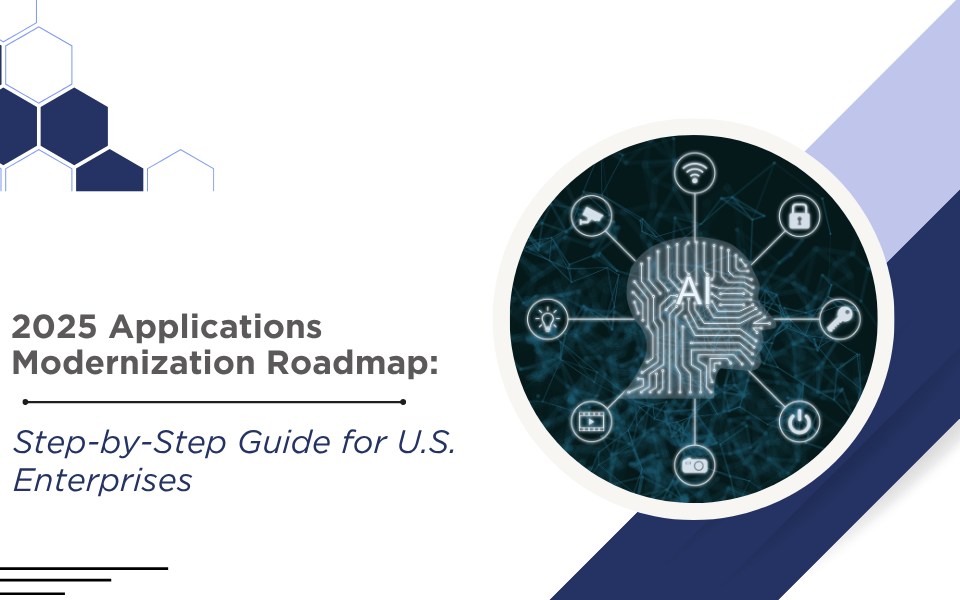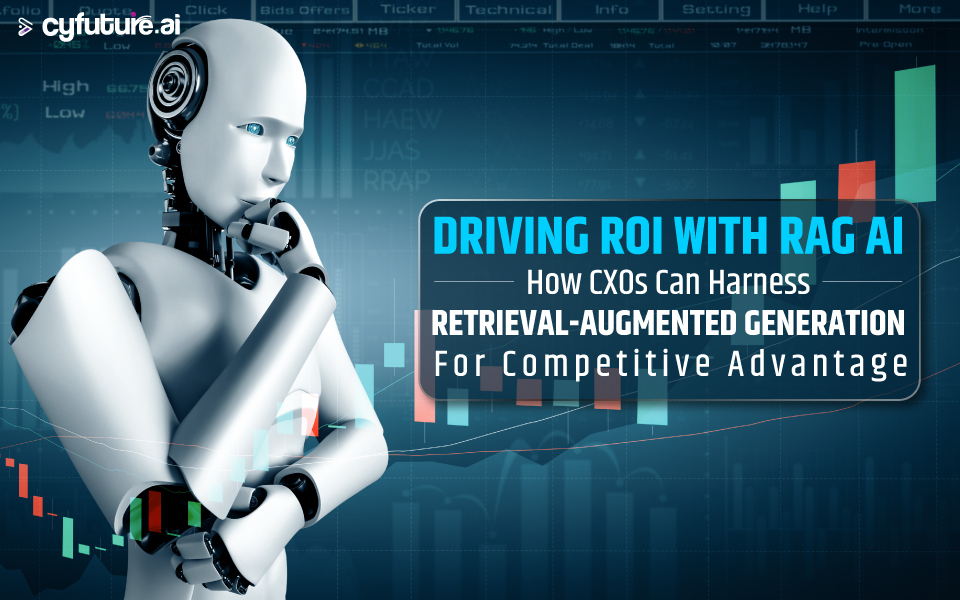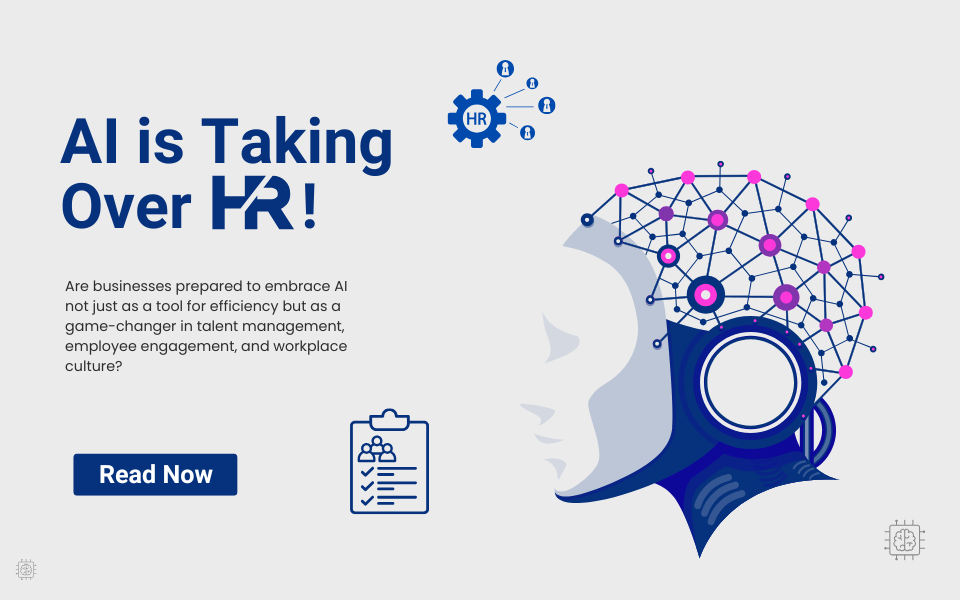Introduction
In today's fiercely competitive business environment, companies possess a wealth of customer data – valuable instruments for building strong relationships. The challenge lies in orchestrating this data to create a truly personalized and engaging customer experience (CX).
This is where Artificial Intelligence (AI) steps in, offering the potential to be a transformative conductor. AI can analyze vast amounts of customer data, uncovering preferences and predicting needs. However, while AI offers a powerful tool for delivering messages and personalizing experiences, organizations must be mindful of prioritizing short-term gains over building lasting customer loyalty. If the focus becomes solely on profit, we risk a future of automated sales pitches and robotic interactions that alienate customers.
The key lies in finding the right balance. By strategically using AI to personalize interactions and empower human connections, organizations can create a symphony of customer satisfaction. This article discusses how AI can be used to develop deeper and more meaningful customer relationships, ensuring that your brand is not just another noise, but one that genuinely resonates with your audience.
What is Customer Experience and Why is it Important?
Customer Experience (CX) refers to the overall perception a customer has of a company based on all their interactions with it. This includes everything from the initial discovery of the brand, through purchasing and using its products or services, to any follow-up support. Each touchpoint shapes the customer's view and relationship with the brand.
CX is vital because it significantly influences customer satisfaction, loyalty, and advocacy. Positive experiences can lead to repeat business, as satisfied customers are more likely to return and make additional purchases. They are also more inclined to recommend the company to others, which can drive new customer acquisition. Moreover, exceptional CX enhances a company’s reputation and provides a competitive advantage, differentiating it from other businesses in the market.
Ten Ways to Boost Customer Experience In 2024
AI mimics human intelligence in machines, especially computers. In the context of customer experience, AI encompasses a wide range of technologies. These technologies enable businesses to examine vast amounts of data, automate repetitive tasks, and personalize customer interactions at scale. Let us understand the ten impactful ways AI can enhance customer experience in 2024.
Sentiment Analysis:
One of the key applications of AI in customer experience is sentiment analysis. Sentiment analysis involves analysing customer feedback, such as reviews, social media posts, and survey responses, to understand the sentiments or emotions expressed by customers. By using AI-powered sentiment analysis tools, businesses can gain valuable insights into customer perceptions, identify areas for improvement, and proactively address issues before they escalate. A hotel chain, for instance, can monitor online reviews and quickly respond to negative feedback, demonstrating their commitment to customer satisfaction.
Hyper-Personalization:
Hyper-personalization is another area where AI is making a significant impact on customer experience. It involves delivering highly tailored experiences to individual customers based on their preferences, behaviors, and past interactions with the brand. AI algorithms analyze customer data in real-time to identify patterns and trends, enabling businesses to deliver personalized recommendations, offers, and content across various channels. For instance, an e-commerce platform can employ recommendation engines driven by AI to examine customers' browsing history and purchase patterns, suggesting products that align with their interests. This personalized approach not only enhances the shopping experience but also contributes to increased conversion rates.
24x7 Support with Chatbots:
AI-powered chatbots have become increasingly popular as a way to provide round-the-clock customer support. These bots use Natural Language Processing (NLP) and Machine Learning (ML) algorithms to understand customer inquiries and provide relevant responses in real-time. By deploying AI-powered bots on their websites, mobile apps, and messaging platforms, businesses can offer instant assistance to customers, answer frequently asked questions, and resolve common issues without human intervention.
Consider a scenario where an airline company utilizes a bot to streamline customer interactions. This AI-powered solution efficiently handles tasks such as flight bookings, checking flight statuses, and managing reservations, all without human intervention. This smooth integration not only enhances the overall customer experience but also significantly reduces support costs for the airline company.
Predictive Analytics for Anticipating Customer Needs:
Predictive analytics is another powerful application of AI in customer experience. It involves using historical data, statistical algorithms, and machine learning techniques to forecast future trends, behaviours, and events. By analyzing past customer interactions, purchase history, and demographic information, businesses can predict future customer activities and anticipate their needs.
Picture a retail company that utilizes predictive analytics to forecast demand for certain products, optimize inventory levels, and personalize marketing campaigns to target potential customers. This strategic approach by the company not only increases revenue but also enhances customer satisfaction by delivering tailored experiences.
Empowering Customer Service with Voice Assistants:
Voice-based support is becoming increasingly popular as more consumers use voice-enabled devices and virtual assistants, such as Amazon Alexa, Google Assistant, and Apple Siri, to interact with brands. AI-powered voice assistants leverage Natural Language Understanding (NLU) and speech recognition technologies to understand customer queries and provide relevant information or assistance.
For example, a telecom company can use a voice-activated AI assistant to help customers troubleshoot internet issues, thereby improving customer experience and reducing the need for human intervention.
Enhancing Purchase Process Efficiency with AI:
AI is also being used to streamline purchase processes and optimize the checkout experience for customers. By analyzing customer purchase history, browsing history, and preferences, AI algorithms can personalize the shopping experience, recommend relevant products, and simplify the checkout process, reducing friction and increasing conversion rates. Online retailers can employ AI-powered recommendation engines to suggest complementary products to customers as they add items to their shopping cart, prompting them to make additional purchases and increasing average order value.
Delivering a Seamless Omnichannel Experience:
Omnichannel experience is an area where AI significantly enhances customer interactions. It involves providing a consistent experience across all channels, including websites, mobile apps, social media, and physical stores. AI-driven technologies track customer interactions and preferences, enabling personalized communication and offers for a unified experience. Take, for example, a bank using AI-powered analytics to track customer interactions across its platforms, tailoring recommendations and offers based on individual preferences, ultimately boosting customer satisfaction and loyalty.
AI-Powered Customer Segmentation:
AI-powered customer segmentation is another key strategy for improving customer experience. It involves dividing customers into distinct groups based on their demographic, and psychographic attributes, allowing businesses to modify their messaging, offers, and marketing campaigns to specific customer segments. By utilizing AI algorithms to analyze customer data and detect patterns, businesses can craft more tailored and pertinent messaging, ultimately boosting engagement and conversion rates. A prime illustration can be found in fashion retailers, who employ AI-powered segmentation tools to identify high-value customers likely to make repeat purchases. These retailers then send personalized offers and promotions to these customers, thereby fostering customer loyalty and increasing lifetime value.
Detecting Fraud in Advance:
AI is also utilized for real-time fraud detection and prevention. Through the analysis of transaction data, user behaviour, and other pertinent factors, AI algorithms can discern suspicious activities and promptly notify businesses of potential fraud, thwarting it before it materializes. For example, a financial institution can employ AI-powered fraud detection systems to monitor credit card transactions and detect unauthorized or fraudulent charges, thereby averting financial losses and safeguarding customer accounts.
Reducing Employee Burnout:
To excel in customer experience, organizations must prioritize their employees. There is a crucial link between empowered employees and satisfied customers.
AI-powered workforce management tools can optimize employee schedules, workload distribution, and task allocation, thus reducing burnout. By harnessing AI algorithms to predict demand, monitor performance metrics, and automate routine tasks, businesses can effectively match employees with tasks that suit their skills and availability. This proactive approach helps avert burnout and elevate overall productivity. For instance, a call center can use AI-driven scheduling software to optimize agent schedules based on call volume, skill levels, and availability, ensuring consistent service quality.
Dynamic Pricing Optimization:
This refers to the practice of adjusting prices in real-time based on various factors such as demand, supply, competitor pricing, and customer behaviour. This approach leverages AI algorithms to analyze vast amounts of data and make pricing decisions quickly and accurately.
For example, organizations can implement surge pricing during periods of high demand or adjust rates based on inventory levels to maximize revenue and maintain a balance between supply and demand. By effectively managing prices through dynamic pricing optimization, businesses can ensure competitiveness while meeting customer expectations for quality and timeliness. This strategy often leads to increased customer satisfaction, as customers perceive the pricing as fair and reflective of market conditions, ultimately enhancing their overall experience with the business.
AI’s Potential to Transform Customer Experience: A Balanced Approach
While AI offers a clear path to revolutionize customer experience, it's crucial to strike a balance between embracing innovation, prioritizing empathy, and keeping the customer's best interests at heart. To leverage AI effectively and truly elevate customer experience, here are some strategic approaches to consider for your organization:
Invest in Promising AI Technologies
Evaluate and implement the most promising Generative AI and Machine Learning solutions to create personalized, effective, and engaging customer experiences. Using AI to analyze customer data can lead to tailored recommendations that resonate deeply with individuals.
Emphasize Responsible AI
Deploy GenAI solutions with a focus on governance, trust, and transparency. Ensure AI initiatives are ethical and fair, protecting data privacy and maintaining transparency in decision-making processes. Responsible AI builds customer trust and builds long-term loyalty.
Cultivate Innovation
Encourage a culture of innovation within your organization by supporting creative thinking and experimentation with new AI-driven ideas. For example, setting up an innovation lab can lead to breakthrough customer experiences, such as AI-powered virtual assistants or augmented reality shopping.
Stay Adaptable
Remain flexible and responsive to technological advancements in customer engagement. Adopt new AI technologies as they emerge and pivot strategies based on changing customer needs. Being nimble ensures that your customer experience solutions remain current and effective.
Lead with Innovation, Empathy, and Responsibility
The future of AI-driven customer experience is bright. By strategically investing in AI, prioritizing responsible practices, fostering innovation, and staying adaptable, businesses can exceed customer expectations and set new standards for excellence. When thoughtfully implemented, AI transforms customer interactions into meaningful, personalized, and efficient engagements that build lasting loyalty and trust.
Conclusion
AI is revolutionizing customer experience, offering businesses a powerful toolkit to understand, engage, and delight their clientele. By taking advantage of AI-powered technology, companies can create personalized, efficient, and seamless interactions to drive customer satisfaction, loyalty, and ultimately business growth. However, AI's true potential lies in striking a balance between technological advancements and a human-centric approach. By ensuring AI acts as an empowering tool to foster deeper customer connections and build trust, organizations can unlock a competitive edge in the experience economy.




